Fun world map activity for early-years kids
Set sail on a voyage of discovery across the globe with this creative, skills-boosting challenge...
Looking for an entertaining way to boost little learners’ confidence and expand their knowledge? Try this cool world map activity!
Perfect for kids aged 3–6, this creative challenge will help them explore the globe, identify different elements of the map and learn interesting new facts. You’ll venture across the globe together and check out some cute animals along the way, too!
What you’ll need:
- – A world map. This doesn’t have to be anything fancy – a printout would work! – but it should include different colours and show the different countries clearly.
- – Extension: paper
- – Extension: mark-making materials
- – Optional: copies of National Geographic Little Kids magazine
What to do:
Encourage the children to look at the map and talk about what they see.
Here are some prompts to get you started:
- – What different colours can they see on the map?
- – How many colours are there?
- – What do each of these colours mean?
Explain to the children that the blue on the map represents the different oceans. Point to the oceans and name them, encouraging your child to repeat back the different names.
Repeat this process for the continents, again encouraging the child to repeat these back to you.
Next, ask the child if they can identify where on the map they live. If they can – amazing! – and if not, show them where their country is. Are there any other countries they can identify? You could try holiday destinations, places family members live, or homes of their favourite animals.
Encourage curiosity about different areas on the map. Can your child compare the sizes of different countries? Which ones do they think might be particularly hot or cold? Where would they like to visit?
Lastly, talk about the different animals you might find in each of the areas on the map. Have they ever seen these animals? Where?
If you’re a National Geographic Little Kids subscriber, use your recent magazine issues to supplement the activity. You could ask your child where the animals on the magazine covers are found on the map, point out where countries mentioned in the issue are found, or do some research together to track down the home of their favourite sticker!
Extension:
Help your kids create their own world map using mark making materials! They could use their hands, a sponge, or even natural materials like leaves to create their illustration.
Keep up the curious questions as they go: what colours do they need? How can they best use the mark making tools to show different countries? Do they know any flags – and if so, can they add them?
Looking for more reference books? Check out the Planet Earth Activity and Colouring Book on the Nat Geo Kids shop!
How does this world map activity support early years learning?
Like the puzzles and games in National Geographic Little Kids magazine, this activity links to the Development Matters Framework – a top-level guidance that supports the learning and development of early-years kids.
The particular learning areas targeted in this activity are:
Communication and language – developing a wider range of vocabulary and exploring unfamiliar words and concepts.
Mathematics – making comparisons between objects relating to size, length, weight and capacity.
Understanding the world – talking about what they see using a wide vocabulary; knowing that there are different countries in the world, and talking about the differences they have experienced or seen in photos.
Physical development – if the extension activity is included, children will work on using one-handed tools and equipment, using a comfortable grip with good control when holding pens or pencils, and show a preference for a dominant hand.




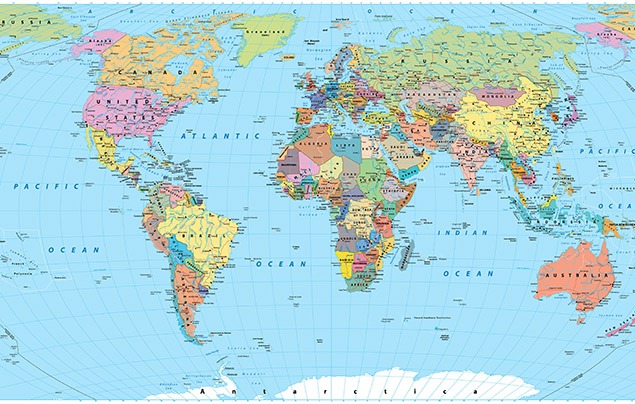
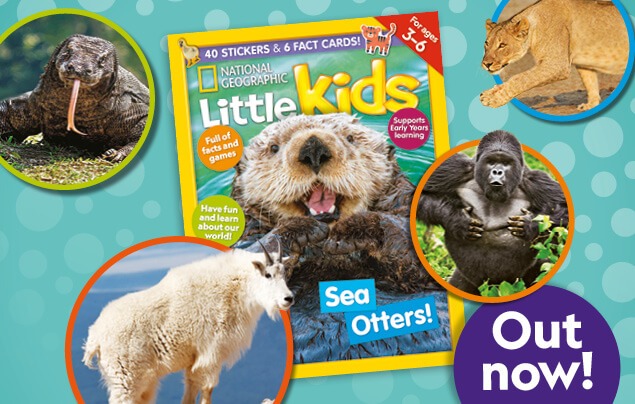
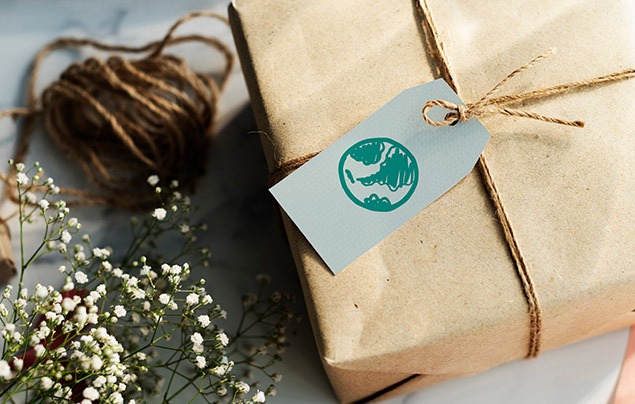

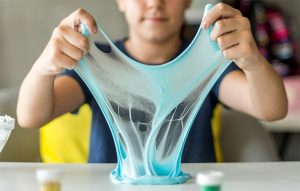
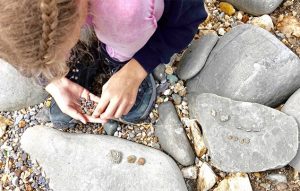





LEAVE A COMMENT
THANK YOU
Your comment will be checked and approved shortly.
WELL DONE,
YOUR COMMENT
HAS BEEN ADDED!
COMMENTS
CUSTOMIZE YOUR AVATAR